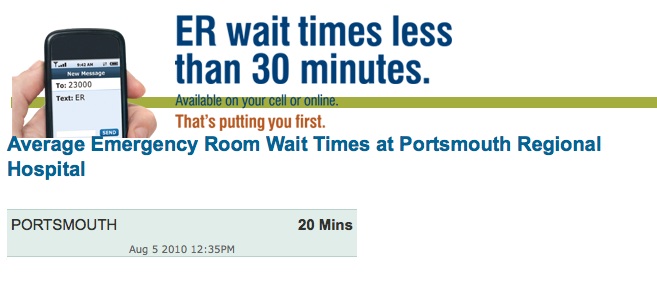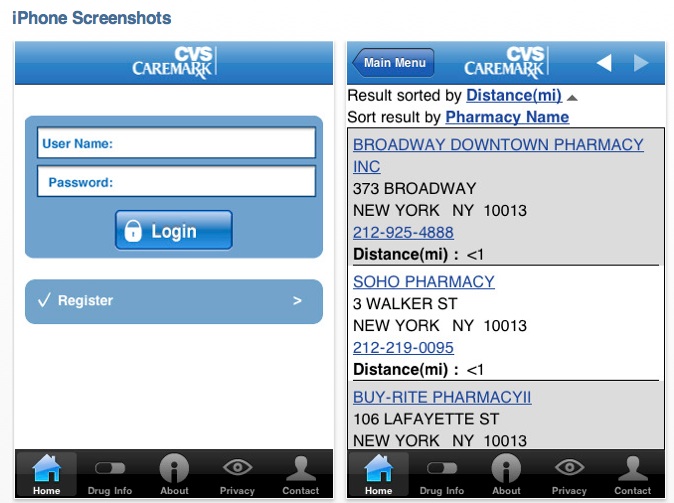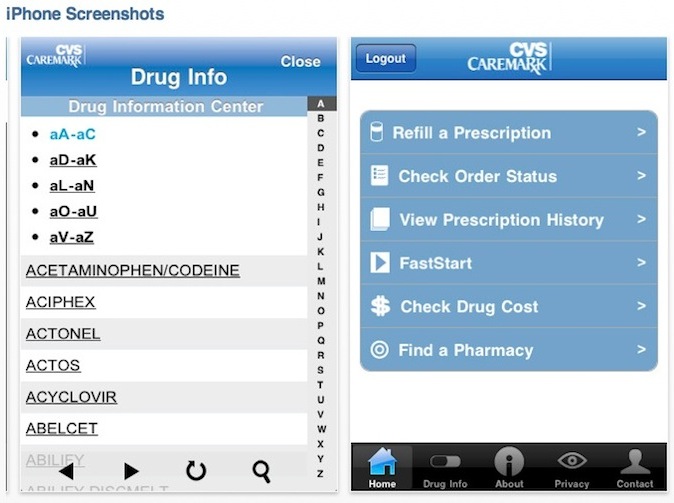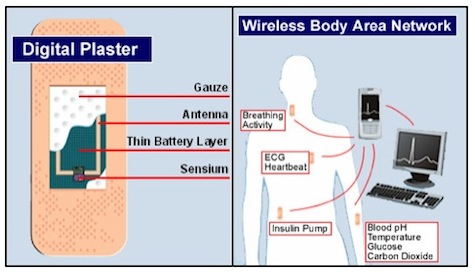There’s no denying the inherent cool factor of modern mobile technology. The communication capabilities and ease of information access of the latest cell phones, smartphones, and tablet computers have unleashed our inner gadget-geeks and turned us all into thumb-typing, screen-tapping maniacs.
Morgan Stanley Research reports that mobile Internet usage is growing faster than desktop Internet usage, and will reach parity in late 2013. And last February the number of people actively using Facebook from their mobile devices leapt to over 100 million.
The reasons for this growth in mobile Internet usage may seem obvious at first: among computing technologies, mobile computing devices are typically only an arm’s reach away, making them accessible and convenient. The proliferation of specialized downloadable applications (often available at low or no cost) increases the utility of devices over time, when the reverse used to be true. Computational utility in service of high frequency, high urgency, and/or high enjoyment communication and life-management interactions contributes to smartphones being one of the most emotionally satisfying, high-touch technologies people interact with on a given day.
The appeal of mobile technologies transcends their ability to simply entertain or connect people to each other. We think they could save lives. Mobile technologies have enormous potential as tools to promote healthy behavioral change, to transform the caregiver–patient relationship, and to revolutionize the way healthcare is delivered in the U.S. and around the globe. In fact, mobile technologies are already being used to promote healthy lifestyle changes, encourage patients’ active involvement in their treatment, reduce waiting times in doctors’ offices, and improve a provider’s access to patient information, all with the goal of improving healthcare outcomes.
The Waiting Is the Hardest Part
One way mobile technologies can make life better is to reduce the amount of time we waste waiting: waiting to see our doctor, waiting for a prescription to be filled, waiting for test results.
Anyone who’s ever languished for hours at an emergency room will appreciate Portsmouth Regional Hospital‘s newest offering: text “ER” to 23000, and you’ll receive a return text with the approximate wait time to see a doctor, a physician’s assistant, or a certified nurse practitioner.
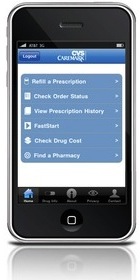
- View their prescription histories
- Research drug prices
- Refill prescriptions
- Check the status of orders
- Request new prescriptions
- Find the nearest CVS pharmacy by address or GPS proximity
Members can even pay for prescriptions through the app. Customers can easily locate their prescription histories and are verify cost decisions. CVS benefits from happier customers, automated order entry and communication, more efficient in-store transactions, and the opportunity to reduce errors and increase customer safety.
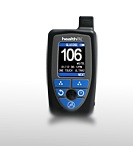
In the future, we may be able to slap on a so-called “smart Band-Aid,” a wireless sensor affixed to an adhesive strip. One of these, the Sensium from Toumaz Technology can take an ECG, blood pressure, ph-level, and a blood glucose reading. Other Band-Aid–type sensors measure heart rate and body temperature. The sensors transmit their data wirelessly directly to physicians’ smartphones.
Promoting Positive Behavioral Change: They Get Us Going
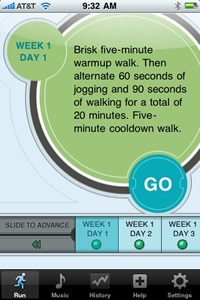
Megan downloaded the “Couch-to-5k” (C25K) iPhone app, which gave her daily workouts that told her when to warm up, walk, run, and cool down. The app integrated with her music library so she could run to her own soundtrack and send out daily tweets of her runs, complete with pictures shot from her iPhone. Sharing her progress on Twitter kept her focused on her goals and allowed friends and family to share her journey and offer encouragement.
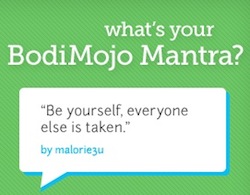
Healthrageous, another Mad*Pow partner, promotes healthy lifestyle choices by pairing traditional strategies such as coaching and incentive programs with social network support and smartphone apps to support a “real-time, interactive, feedback-rich experience.” We’re helping them develop mobile functionality based on the psychology of gaming. It addresses our competitive desire, the way we respond to rewards, and our desire to “share the journey” with friends and family.
Better. Stronger. Faster.

Though these examples clearly show how health-related mobile applications can support positive behavioral change, they remain underutilized. This may be due to some of the challenges that are inherent in the mobile healthcare consumer space. The first challenge is to make the utility and value of the app very clear, so people can’t wait to use it. Next is to persuade the user to interact on a regular basis. This requires getting to the core of what drives the user’s engagement with the app, and delivering information or utility that will get them coming back for more.
Tapping the Power
Mobile technologies inform and engage us. They appeal to our natural desire to connect with each other. And they help bridge the digital divide, making it easier to reach populations who don’t have access to desktop or laptop computers.
Our clients come to us at different points along the path toward visioning and executing their mobile strategy. We guide them through a research and strategy process that will deliver a clear plan for mobile:
- Organizational Objectives: What are the goals of your organization? What user behaviors are you hoping to elicit or change? How would success for your organization look and feel?
- Technical Assessment: How are your current web properties performing on the major mobile platforms? Can platform specific style sheets or adjustment improve the baseline mobile experience as a starting point?
- Heuristic, Competitive, and Market Analysis: What does your current mobile presence consist of? What are your competitors up to? Others in the industry? Like minded organizations in different industries?
- Foundational Research: What high frequency, high urgency, or high enjoyment tasks will your target users bring to the mobile experience? What will your users expect in a mobile experience? How will those tasks and expectations differ from desktop usage?
- Determining Focus: Considering organizational objectives and research insights, where are the biggest areas of opportunity? Brainstorm:
- Mobile site: How can the web properties be focused for mobile?
- Platform specific applications: How can the native abilities of the platform (gyroscope, GPS, etc.) be leveraged to improve the experience?
- SMS & MMS: Will the user be able to get information or interact via text message?
- Social media and other channels: What type of coordination is possible with phone interactions, desktop web interactions, email interactions, and social media interactions considering inbound and outbound, proactive and reactive flows.
- Rollout Plan: Determine how the mobile vision can be incrementally executed upon, measured, and refined.
There are well-known challenges inherent to developing mobile technologies. Conducting research with end-users and designing applications with them in mind are paramount to overcoming those challenges, as is understanding context and usage issues specific to each set of users and designing solutions to fit. But perhaps most importantly is having the ability to envision sustainable solutions to long-standing problems.
Mobile technology is part of a thread that runs through all aspects of our lives. It can be a conduit for information, streamline communication, and connect individuals, patients, and care providers in countless ways that promote good health and enhance well-being. For today’s true innovators mobile is more than just a part of the thread—it’s their cornerstone.


